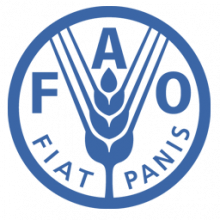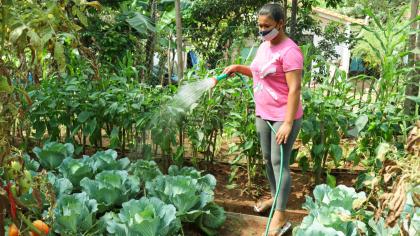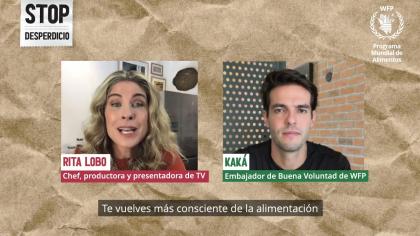
Goal 2: End hunger, achieve food security and improved nutrition and promote sustainable agriculture
Description
Latin America and the Caribbean are in the midst of a nutrition transition, but reflect very mixed situations. While countries have made significant progress in the fight against chronic malnutrition in children, rates remain high in some, and in others overweight and obesity are increasing at an alarming pace. Many countries and regions are experiencing the double burden of malnutrition.
Food production exceeds the requirements of the entire population. The biggest problem is unequal access to good-quality food products and the right balance of calories and nutrients.
Agencies, Funds and Programmes
Regional indicators
Activities
News
Publications
Information Tools
-
Resource TypeInfographics
-
-























